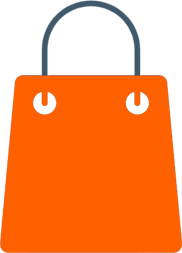Bow legged or knock-knee
Condition in which, when attempting to stand straight with the ankles touching, either the knees point inwards and touch each other, or the legs bow outwards away from each other.
Knock - knee: In this condition, the bone tibia, and femur are rotated outwards. this condition is known as valgus deformity.
Bowlegged: In this condition, the tibia is internally turn on the femur resulting in a leg that seems bowed out. this deformity is known as varus. If you are worried about the shape of your child's legs, a slight level of bowing or knocking is normal. In case of any doubt, it's always better to consult with a pediatric orthopedist.
Cause of Bowlegged or knock-kneed relies on some components. Joint inflammation, damage to the development plate around the knee, contamination, tumor, Blount's ailment (a development issue of the shinbone), and rickets all can cause changes in the curvature of the legs. Here are a few signs that recommend a child’s bandy legs or thump knees might be caused by a major issue:
- The curvature is extreme.
- Only one side is influenced.
- The bowlegs get worse after the time of 2years.
- The thump knees persist after the time of 7years.
- Your child also is unusually short for his age. If your child fits any of these descriptions, converse with your pediatrician. Sometimes, treatment, including referral to a pediatric orthopedist, might be needed.
Surgery is the only way to change the knee angle - braces, shoe inserts, and physical therapy are ineffective. Since normal leg development goes from bowlegs to knock-knees, surgery should be postponed until the child is at least 10 years old.
Those children, who have no longer open growth plates, treatment consists of cutting, fixing & then holding the bones of the knee at the right place while they heal with metal implants, including pins, plates, and screws. Although both medications have high success rates, they should be done only if clearly necessary and at the fitting age.


